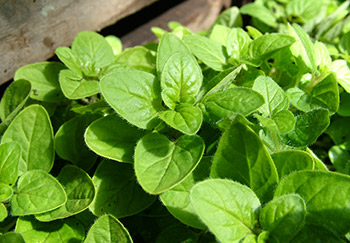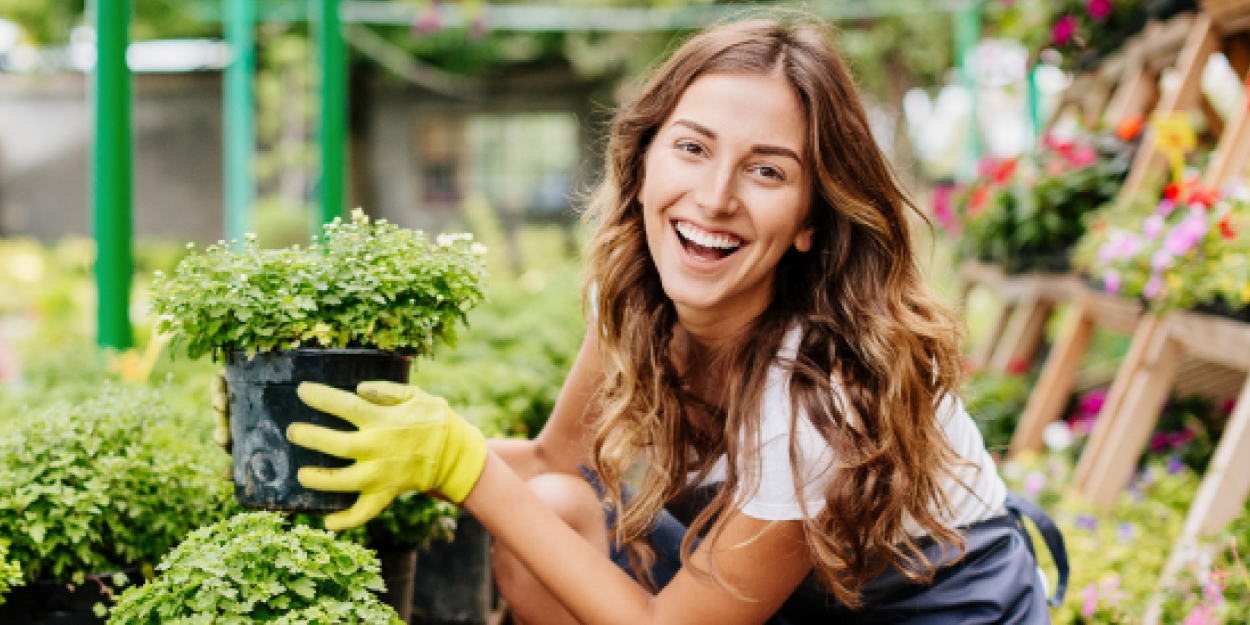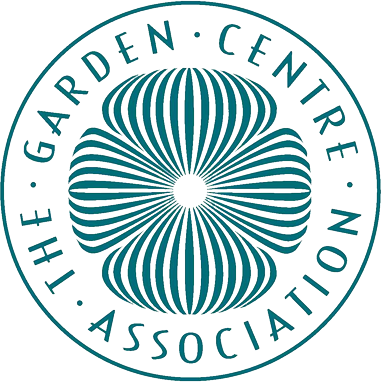Growing Your Own Herbs
Growing Herbs in the Garden
There’s a lot be said for making your garden and kitchen work for each other. Both amateur gardeners and cooks alike now frequently grow their own herbs for ease of use, variety and a freshness that you can’t expect from any supermarket. Whether it be perennials such as rosemary, mint, chives, fennel and marjoram, or popular annuals such as coriander and dill, nearly every herb you will commonly find included on the ingredients list of your favourite recipes can be grown right at home, either out in the garden or in containers.
Garden grown herbs often offer a hardiness that sees them last the year and go on providing fresh ingredients for years to come. This might not be the case with container grown herbs (unfortunately, these are prone to dying out in winter) but there’s a lot be said for having a neat container in a sunny location near your kitchen, it almost becoming another kitchen asset, a handy and attractive pot of greenery with herbs ready to be picked as needed. Whatever way you choose to grow your herbs, you can be sure of impressed dinner guests when you assure them that the flavours bringing their meal to life were grown right on the premises, talk about locally sourced!
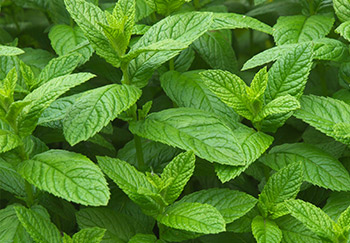
How to Grow
When growing herbs, a traditional vegetable bed or a new plot works just as well. Container grown herbs prefer a gritty and well drained compost. Herbs can be grown from seed however it is much easier to grow from young plants as sold in our centres. All herbs prefer a soil which is moisture retentive and enjoy plenty of sunshine and light. It’s certainly a good idea to dig in a good amount of organic material to really give your herbs the best start. Anytime outside winter will suffice for an initial planting, but do bear in mind that different herbs may have slightly different timing preferences. Generally speaking, however, herbs can be grown together and at the same time. That said, you may wish to strategically place cultivars with different maturing times together in order to ensure the herb garden is always offering something at all times.
In the garden, can be continuously planted every fortnight throughout the spring and the summer and can be planted straight outdoors in March. Other herbs must be grown under glass or in containers from January before being replanted outside. When planting out these herbs, be sure to plant so that the top of the rootball is just level with the soil surface and then firm in. You can plant in containers on the same timescale.
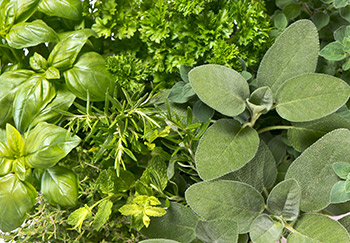
Ongoing Care
Thankfully, most herbs require the same type of care. As they continue to grow, your outdoor herbs will require frequent watering, especially the shallow rooted ones which are prone to drying out. Your best bet is to observe the soil and water when it is clear that it has dried out. It is much easier to water your container herbs, a small daily dousing in the absence of rain should do the trick.
If you’ve varied the types of herbs in your garden and staggered them according to maturation time, they should grow pretty continuously until the winter. Cuttings of some herbs – marjoram, oregano and mint – may be taken in late summer to early autumn for next year’s propagation.
Most herbs can survive the winter if placed in a location where they are sheltered from rain and waterlogging. Of course, a simpler solution might be to harvest the herbs in autumn (see below) and store them for use throughout the winter.
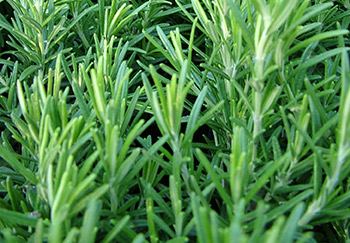
Harvesting
Harvesting herbs is very simple, and the same method applies for both garden and container grown herbs. Simply pinch out the herbs before flowering (this will also promote bushy growth) and bring indoors to store in a cool, dry location. This can be done at any time; some herbs may be ready almost instantaneously whereas others will take a few weeks. As mentioned above, vary the herbs in your garden or container to ensure a constantly supply.
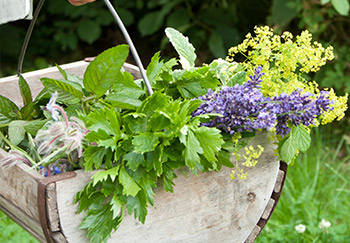
Common Problems
With container grown herbs, overpotting can be a bit of an issue. After all, being essentially delicate plants, too much agitation can lead to damage and rotting. As such, be sure to only repot when it is absolutely necessitated by lack of space.
When sheltering your garden or container herbs, be sure to ensure adequate ventilation as the lack of this can give rise to a host of problems such a grey mould. If planted in poor soil or soil which is allowed to dry out, certain herbs – for example dill, basil or wild rocket – can prematurely run to seed, a problem known as bolting.
In terms of pests, keep an eye out for Rosemary Beetle, which effects several herbs besides rosemary, damaging the delicate foliage. Also be sure to protect your herbs from more generally destructive pests such as slugs and birds; they love the taste too.
